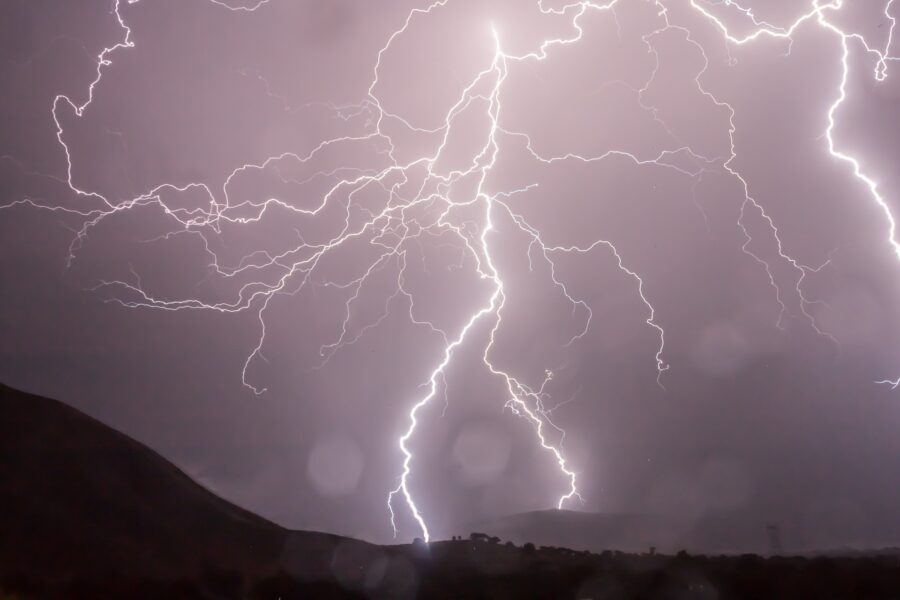Scientists Have Identified A Totally New Kind Of Storm
The new storm is essentially a type of weather condition that an atmospheric scientist at the University of Miami, Brian Mapes, has observed
This article is more than 2 years old

Scientists have discovered a new storm variant that’s bringing a large amount of precipitation to an area of Africa that often finds itself in desperate need of the rainfall. The new storm is essentially a type of weather condition that an atmospheric scientist at the University of Miami, Brian Mapes, has observed over the Indo-Pacific Ocean. When it develops, it makes its way to the dry lowlands along East Africa’s coastline. Earlier this month, Mapes presented his findings at the 2021 Fall Meeting of the American Geophysical Union where they were dubbed “atmospheric lakes.”
As EarthSky notes, they are very similar to a previously discovered concept called atmospheric rivers, which are described as narrow bands of dense moisture that have wreaked some havoc in the last year near British Columbia, Canada, which found itself inundated with floods and landslides stemming from these atmospheric rivers. This new storm, however, is a more mild weather phenomenon.
In the abstract of his findings, Mapes notes that this new storm pattern forms as filaments of water vapor near the area that surrounds Indonesia and the Philippines. The streams of water vapor flow from the western side of the South Asian monsoon and then somehow detach themselves from the larger storm, floating peacefully westward until it hits the African coastline. There, it can drop heavy rainfall on an area that can be quite dry, affecting the lives of many who live there.

One may be asking how, in 2021, there are still weather phenomena that have not been discovered. Apparently, according to ScienceAlert, the area that is being impacted by this new storm hadn’t really been studied by meteorologists like Mapes in the past. Similar studies only tracked rainfall over the course of a month or so. Meanwhile, Mapes looked at five years of satellite weather data in the area and discovered 17 of these new storms that lasted more than six days occurred in that time. He notes that, if all of these atmospheric lakes were to liquify, it would form a puddle only a few inches deep. However, that puddle would be roughly 600 miles wide, so it’s a significant amount of rainfall that he’s talking about.
Although scientists have made a big discovery, there is still a lot that they don’t know about this new storm. For example, Mapes was able to track that it moves west when it breaks away from the monsoons. He does not, however, know why they break away or what propels them west. It could be some kind of internal forward movement or, it could be just the wind. However, when dealing with such a significant weather event, he notes that finding out is crucial since climate change could send these atmospheric lakes to a place that isn’t so accepting of massive rainfall.
There’s simply no way of fully telling how climate change will impact the environment going forward. With massive lakes floating in the sky promising to bring potentially devastating amounts of rainfall to areas unknown, Mapes stresses the importance of further study so that some kind of reasonable tracking of these new storms can be done for the sake of humanity. For now, though, the people of the eastern coastline of Africa can enjoy some occasional rainfall from a not-so-well-understood new storm.










